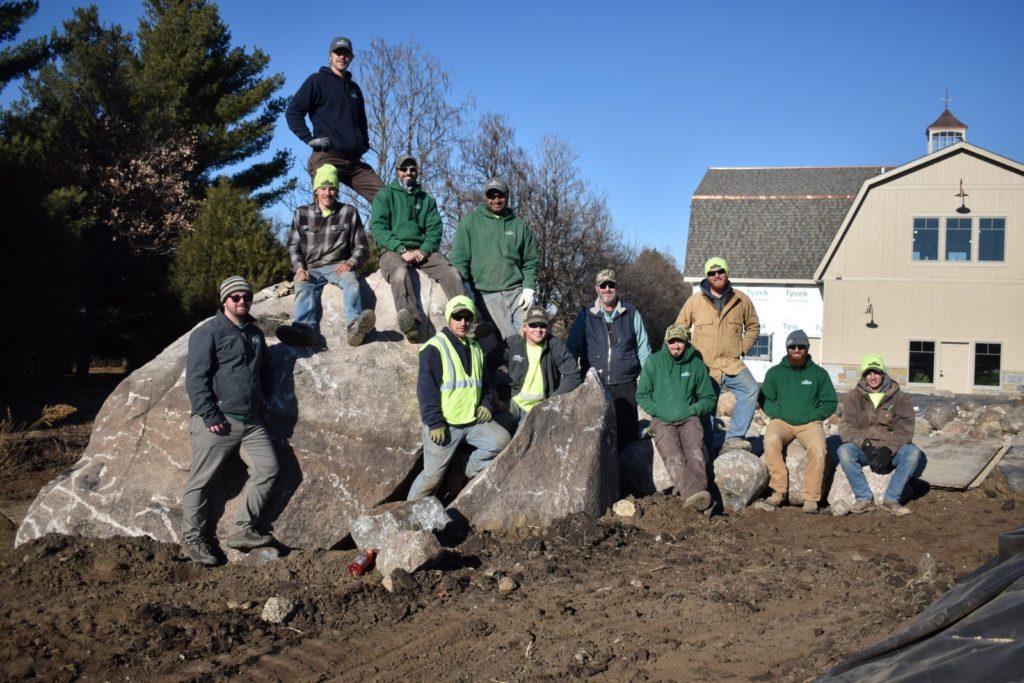The term “hardscape” refers to any non-living element of a landscape. This can include walls, patios, walkways, water features, etc. While hardscapes are often the most daunting and costly elements of a project, they are often also the most impactful. This guide will cover some initial considerations and provide some inspiration as you begin to plan your landscaping.
Things to Consider
Begin by making a list of objectives for your particular space in order of importance. Are you trying to add outdoor living space to entertain guests? Are you trying to control erosion on a hillside? Or perhaps you want to increase the curb appeal of your home? As you can image, these scenarios should all be approached very differently. As you begin to define your goals, feel encouraged to search online photos. As you do, a theme will likely emerge as you see what is possible. Common hardscape elements include:
Walls – Used to create planting areas, seating, or hold back soil. Walls can be constructed out of wood, stone, boulders, or decorative block.
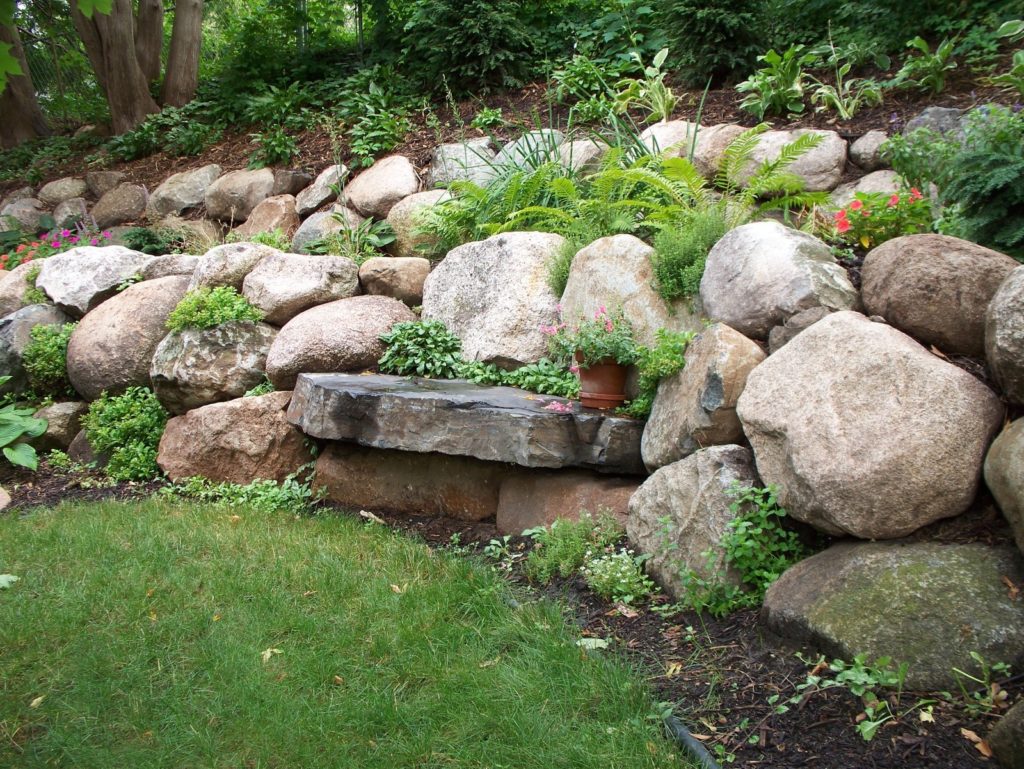
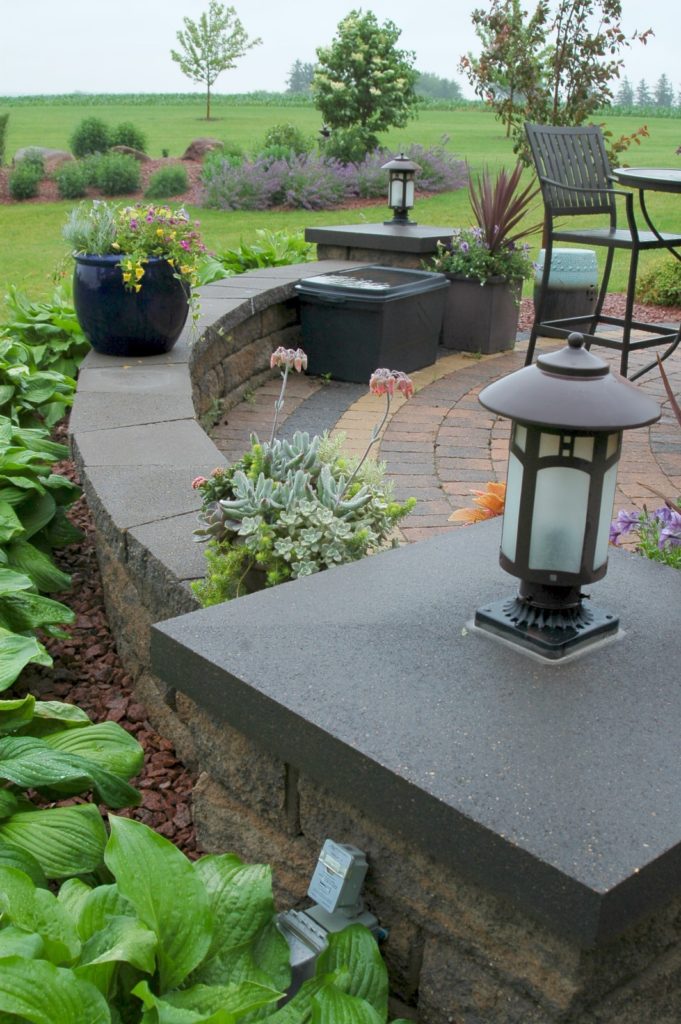
Patios – Used to create outdoor living space, occasionally paired with a fireplace or outdoor kitchen. Patios can be constructed out of concrete, brick pavers, or natural stone.
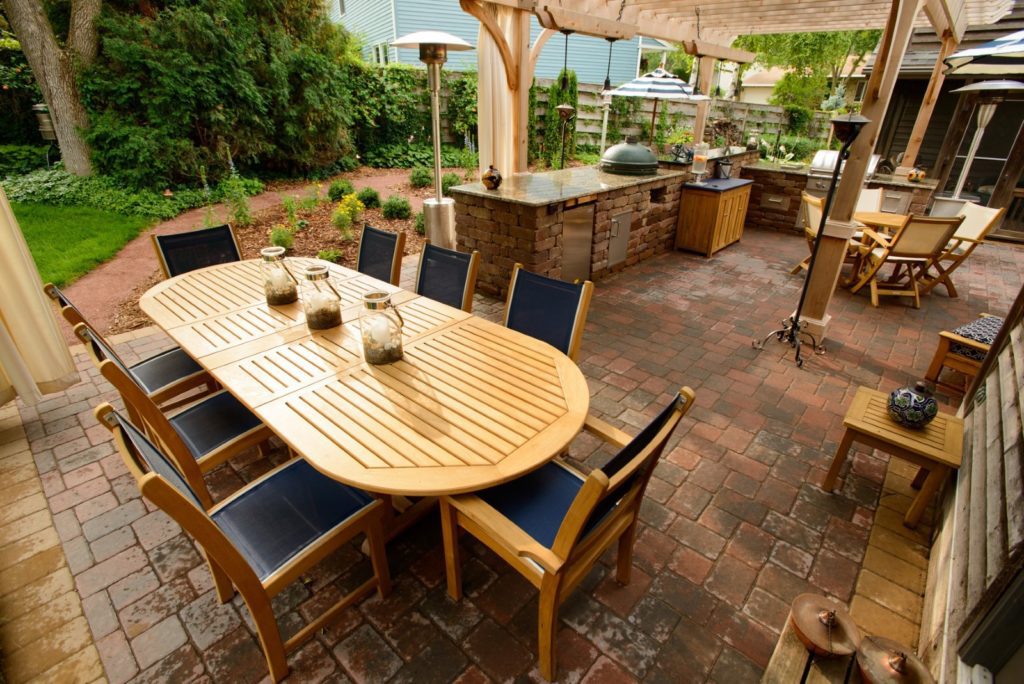
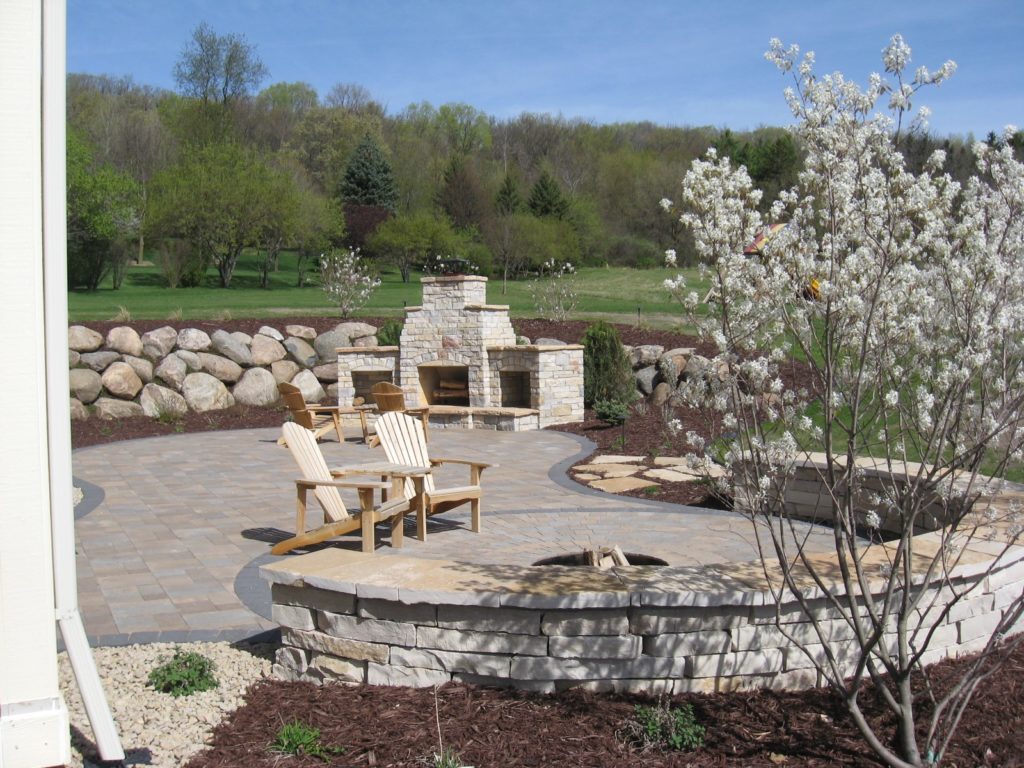
Walkways – Used to guide the eye and provide garden pathways. Walkways can be constructed out of brick or stone, or various types of gravel for a more ‘natural’ look. You can also incorporate stairs to ascend elevations.
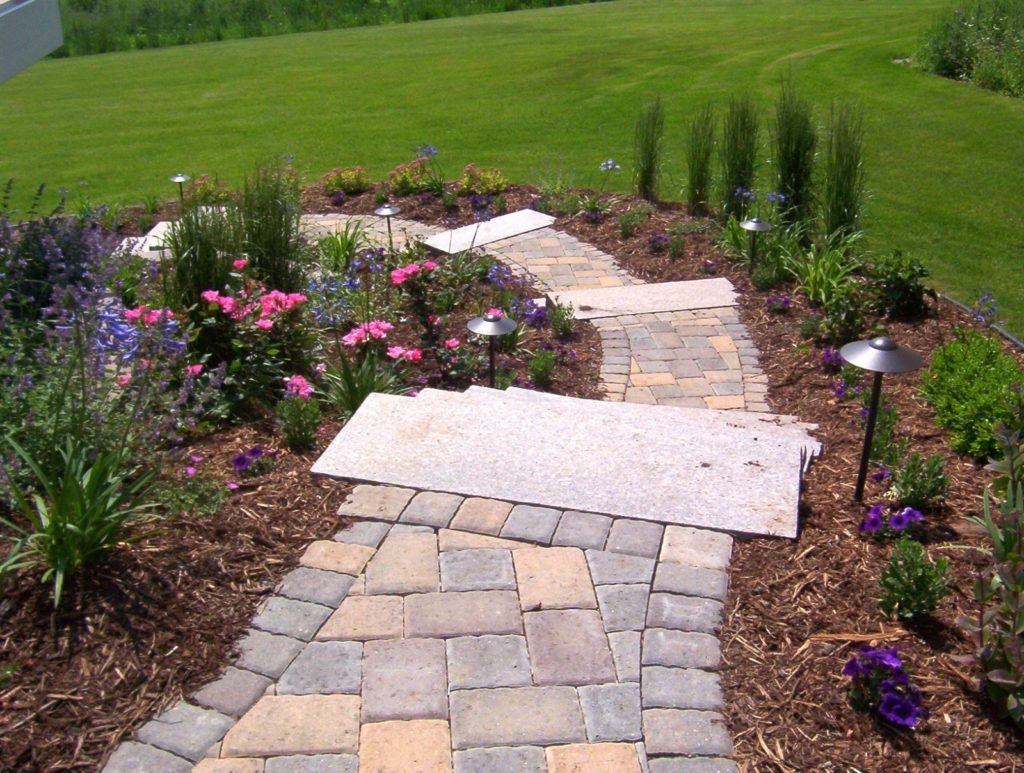
Pergolas and gazebos – Used to provide shade and a roof structure above other landscape elements. They can be attached to a structure or freestanding.
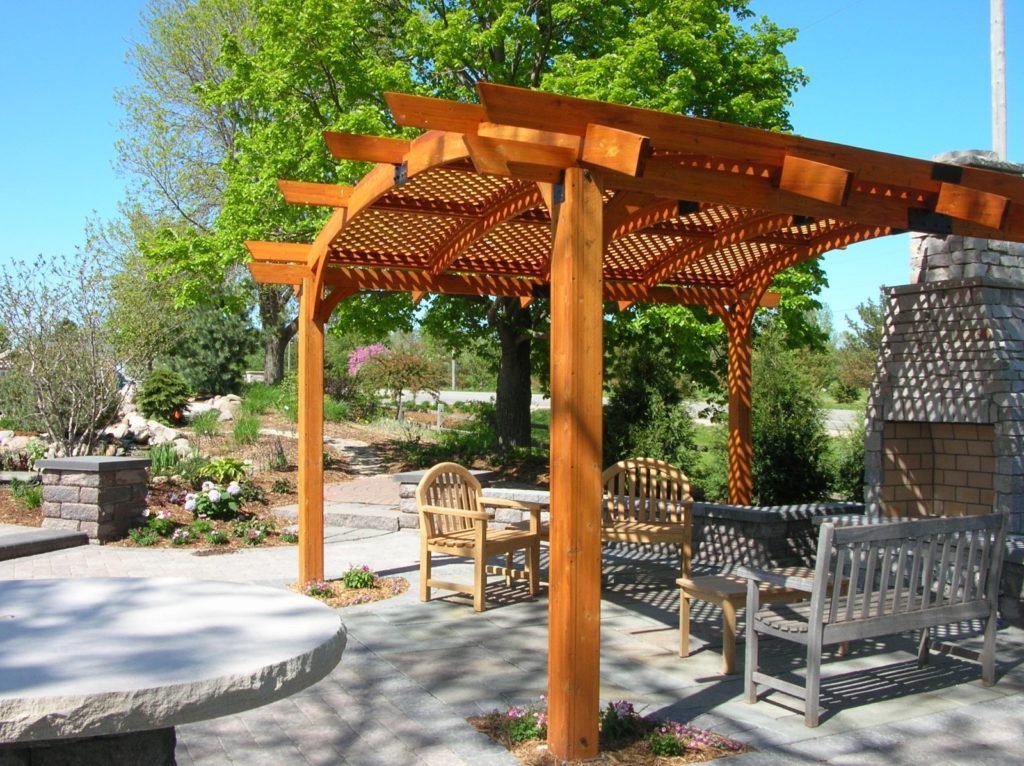
Cost Considerations
Once you’ve thought about the objectives of a space, budget is likely the next most important consideration. It’s no secret that hardscape projects can carry a hefty price tag. That being said, a well-designed and professionally installed landscape is one of the best ways to increase the value and functionality of your outdoor spaces. Consider looking at a hardscape installation as an investment. With a professional design team, experienced installation crew, and dedicated maintenance division, the Sargent’s design-build process ensures that you receive the best value for your dollar. There are also a few penny saving strategies we will discuss in the “Ideas and Inspiration” guide.
Timeline
The landscaping season in Minnesota is painfully short. The peak season begins in March and runs through June. This short window often means that landscape crews are booked out several months. The Sargent’s team strives to accommodate all our customers as soon as possible but unfortunately, we are no exception. It’s important to have realistic expectations when considering a timeline. If you are landscaping for a specific event (such as a graduation or wedding), it is recommended to plan several months to a year in advance.
Maintenance
The worst thing you can do for your landscape is think that the project is complete when the installation is finished. The most disappointing and expensive landscape is one that must be re-done. The Sargent’s design team strikes a balance between being beautiful now and yet set up for the future. Our maintenance services are also done with the same balance in mind. For example, concrete is often the cheapest patio material to install but the most costly to maintain. Sargent’s offers full maintenance services to help protect your investment over the long haul.
Why hire a pro?
Hiring a professional designer, installer, or maintenance team is something that many of our customers do to make sure things get done right. With so many companies to choose from, it’s fair for you to ask, “Why Sargent’s?”
The main thing Sargent’s has that no other company has is our people. We pride ourselves on having highly trained staff who strive to make you say “Wow!”. We work hard every day to uphold our reputation for being the best of the best. Every single Sargent’s employee is committed to making your landscape something you are as excited about as we are.
